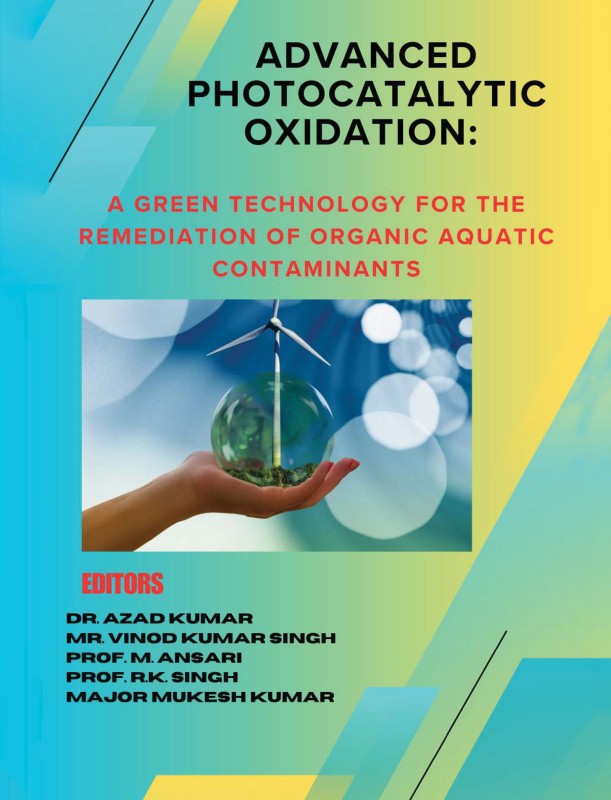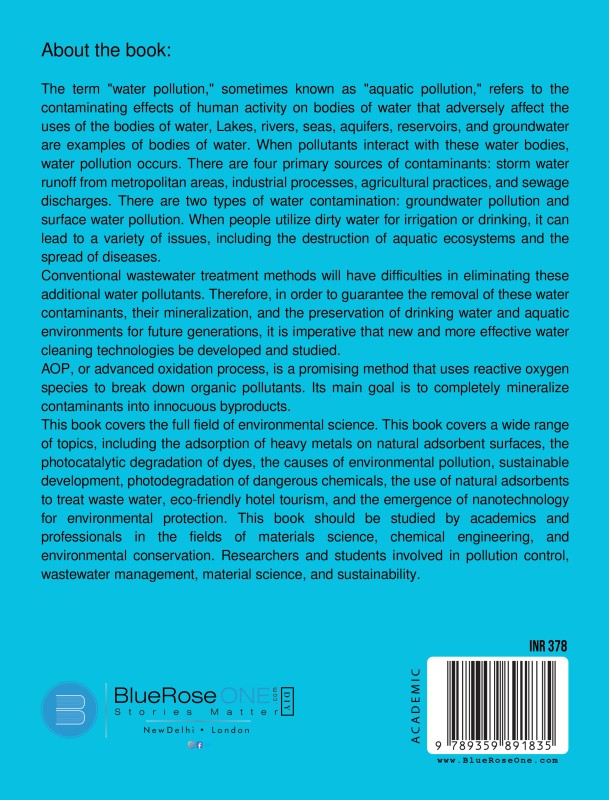Advanced Photocatalytic Oxidation: Green Technology For Remediation of Organic Aquatic Contaminants
by Dr. AZAD KUMAR | 28-May-2024
(0)
The term "water pollution," sometimes known as "aquatic pollution," refers to the contaminating effects of human activity on bodies of water that adversely affect the uses of the bodies of water, Lakes, rivers, seas, aquifers, reservoirs, and grou...
Original
Books
Fastest
Delivery
7-day
Replacement
Book Details
- Language : English
- Pages : 212
- ISBN : 9789359891835
- Genre: ACADEMIC
- Size : 7.25" x 9.5"
- Binding Type : PAPERBACK
- Age Group: + Years
- Paper Type : NATURAL SHADE
- Interior : BLACK & WHITE
- Cover : GLOSS FINISH
- Book Type : PAPERBACK
- Tags : Advanced Photocatalytic Oxidation: Green Technology For Remediation of Organic Aquatic Contaminants
-
Best Sellers Rank :
#1360 in Academics
#8538 in Global
Reviews
There are no reviews for this product yet.

 USD
($)
USD
($) AUD
($)
AUD
($) CAD
($)
CAD
($) EUR
(€)
EUR
(€) HKD
($)
HKD
($) MYR
(RM)
MYR
(RM) GBP
(£)
GBP
(£) SGD
($)
SGD
($)








